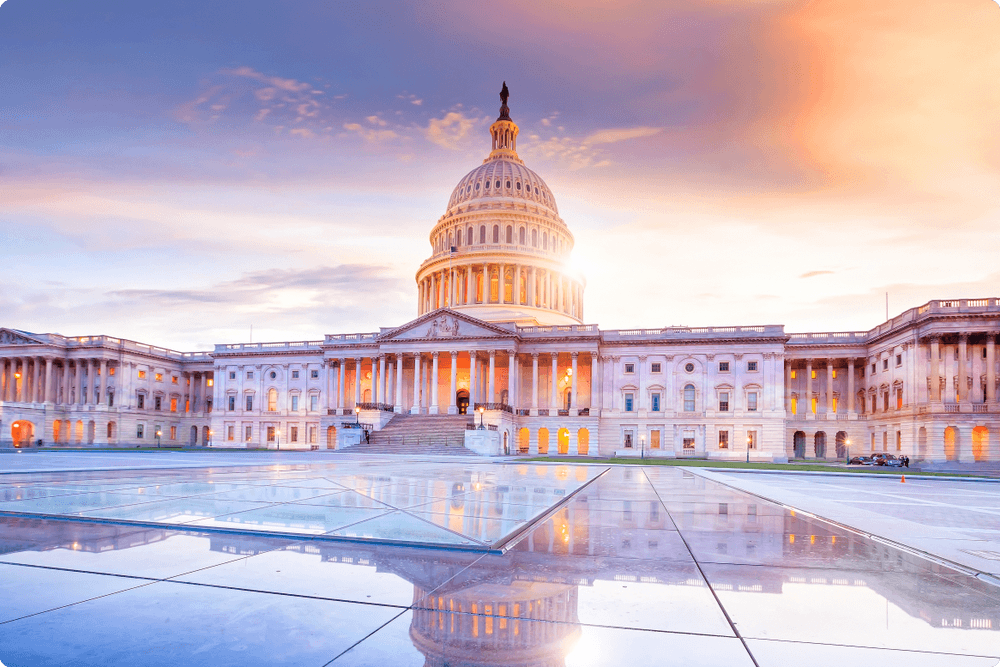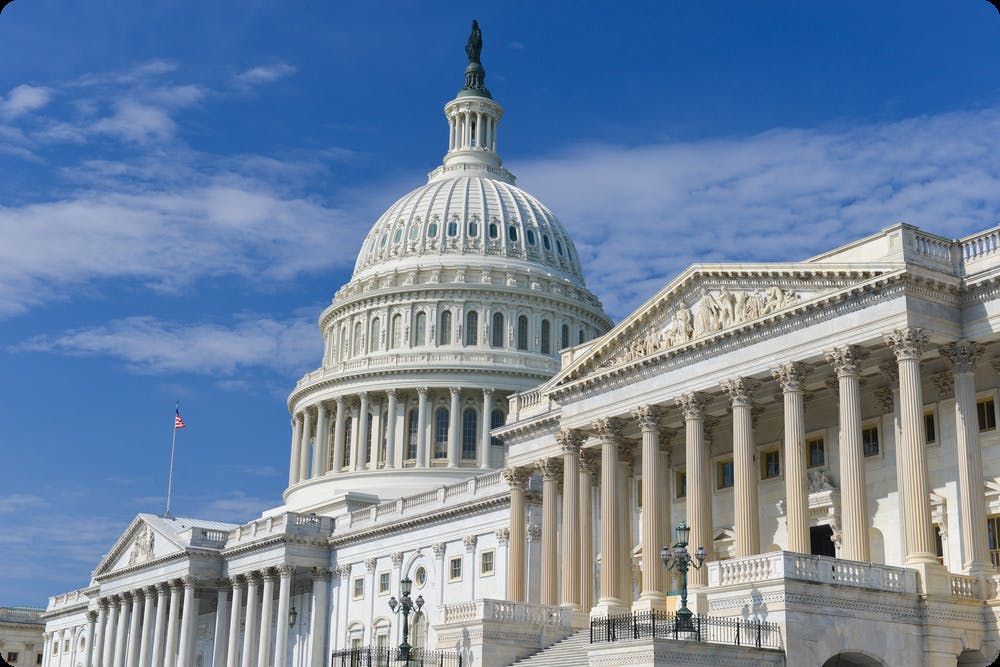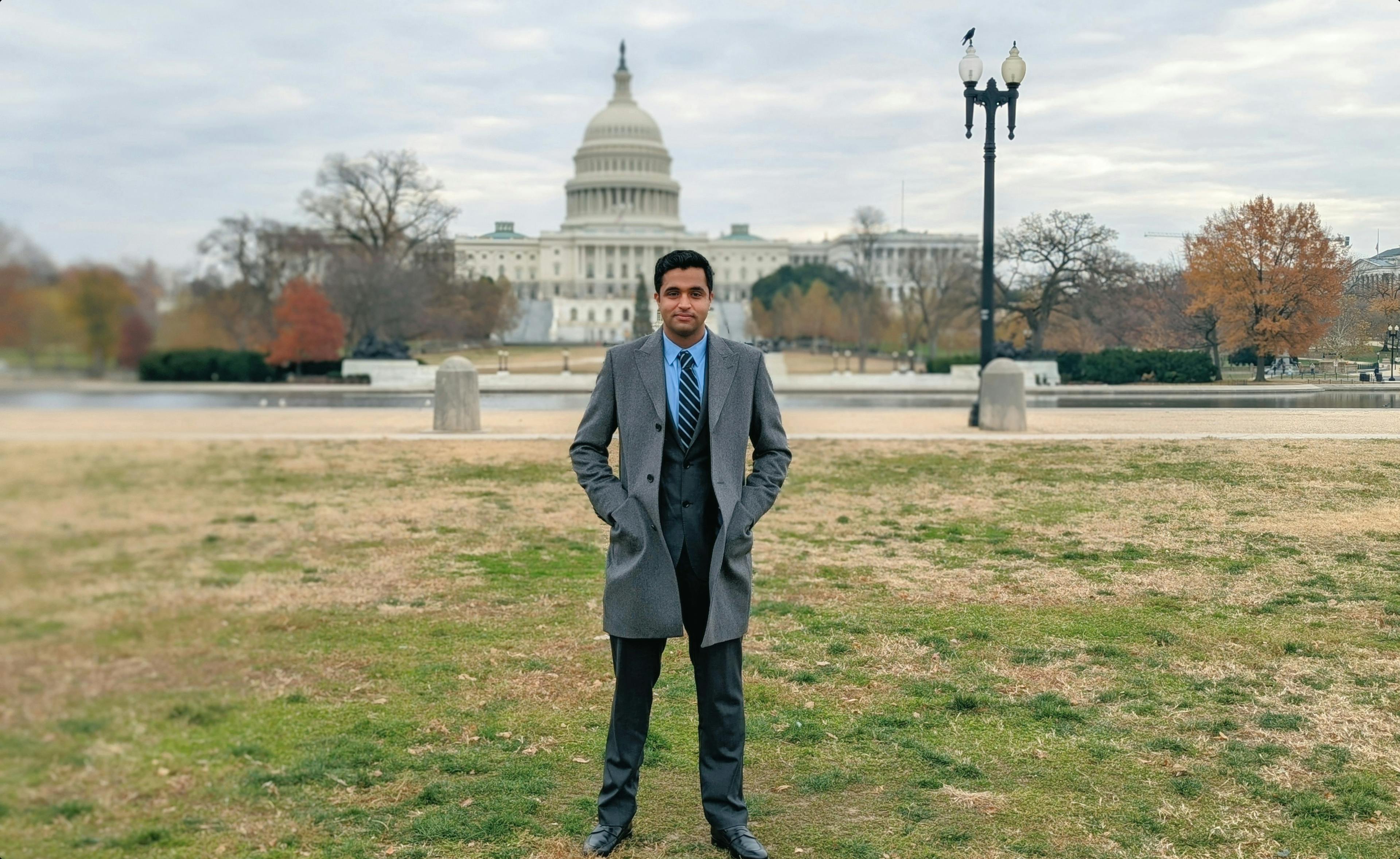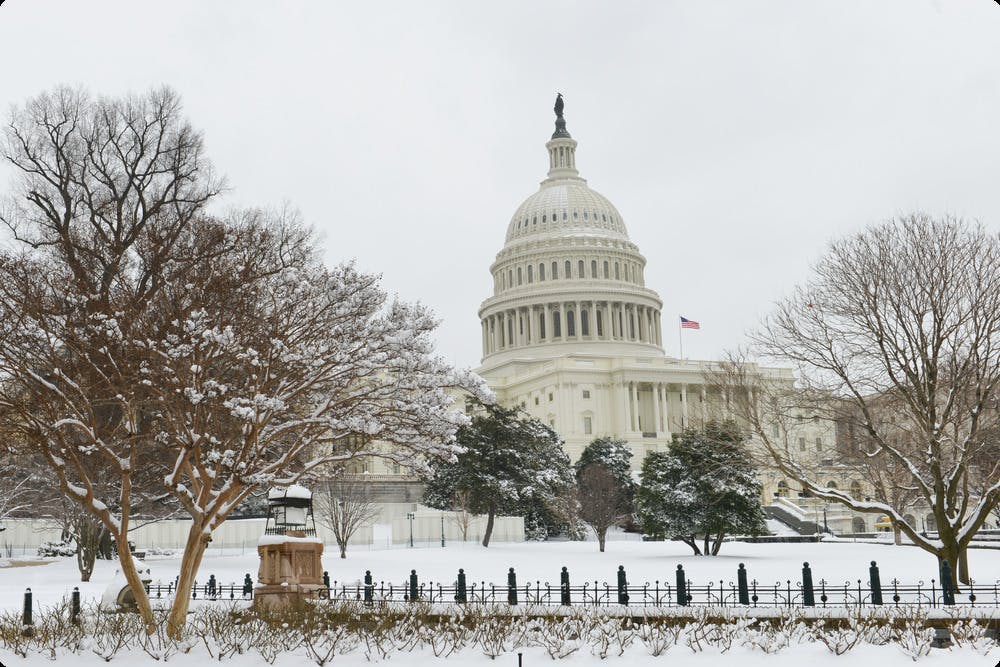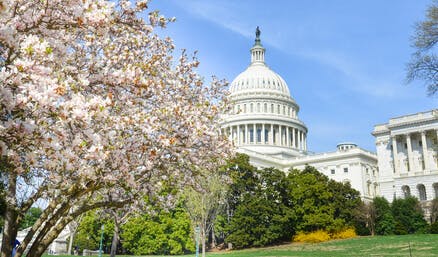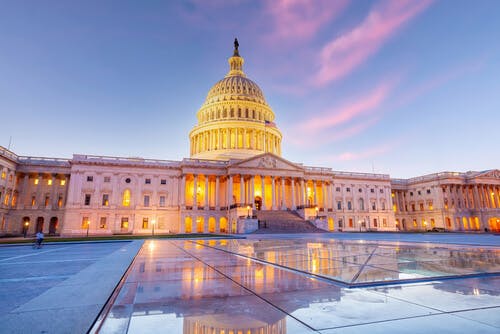Business plan writer Suzanne Lazicki has done a deep dive of the 1993 act that created the Regional Center Program. The legislation requires that a petitioner must be admitted into the U.S. in order to be safe from a program lapse; the date of filing has no bearing. The best option for petitioners who have filed but have not been admitted into the U.S. is for Congress to pass a law that makes regional center visas available once again. Plan B is for Congress to pass a “grandfathering” law to process petitions that were eligible when filed. In an admission that will concern many, Lazicki does not see litigation as a viable Plan C.EB-5 program expert Suzanne Lazicki has seen the confusion created by the lapse of the Regional Center Program: why is USCIS not accepting new I-526 petitions or processing already filed petitions? And why is the Immigration Service not processing I-485 petitions to adjust status, when it is processing I-829 petitions to remove conditions on permanent residency?The answer to these questions lies in the legislation that created the pilot program in 1993. The language states that visas for the Regional Center Program are available so as long as the program is authorized and for “such aliens as are eligible for admission.” Lazicki points out that key here is the concept of admission. If there is a program lapse, then only those who are already admitted into the U.S. may continue to be processed.When is an EB-5 petitioner officially seeking admission — and thus vulnerable to a lapse in the regional center authorization? And when is a petitioner “admitted” and thus safe from any lapse?Seeking admission (vulnerable to a program lapse): filing an I-526 petition, receiving I-526 approval, filing an I-485 petition or engaged in consular processing.Admitted into the U.S. (safe from a program lapse): in conditional permanent residency, filing an I-829 to remove conditions, in unconditional permanent residency.This distinction is why, once a petitioner is admitted into the U.S., policy allows that even with a loss of regional center sponsorship, that petitioner may continue to be processed: “The conditional permanent resident investor will continue to have the opportunity to demonstrate compliance with EB-5 program requirements, including through reliance on indirect job creation.”And this is why the Immigration Service is continuing to process I-829 petitions even now. After admission, such petitioners are “locked into” the eligibility to continue their processing path, regardless of whether or not the Regional Center Program is authorized.
Lawmakers didn’t foresee future wait times
A problem with the 1993 legislation is that the people creating it had no idea that decades later wait times would not be counted in months but years as they are now due to inefficient USCIS processing and backlogs for oversubscribed countries, like China.
As such, in 1993, no one thought to write a provision to protect investors stuck in the gap between filing and a program lapse that might occur many years later. But the recent popularity of the Regional Center Program has created such a gap. And it’s a chasm for those investors who put their life savings and hopes into a program they though they could count on.
What is the solution?
Lazicki reminds us that USCIS doesn’t create program laws; it only administers them. The processing lapse, as such, is not the root problem. The actual problem is the lapse of legal authority to issue regional center visas. Therefore this legal problem requires a legal solution: a law that renews such authority.
For Lazicki, program stakeholders, and many would-be investors, the “top priority” is for Congress to reauthorize the Regional Center Program. But now with the program lapse extending until at least late February, what was unimaginable less than a year ago must now be considered: what if the Regional Center Program is never reauthorized?
Grandfathering legislation is Plan B
If Congress doesn’t reauthorize the program, Lazicki states that the next best alternative is to pass legislation that “keeps faith” with past investors that have been stuck in processing limbo. Such grandfathering legislation would allow regional center visas to be available, and thus allow for processing of investors who filed their I-526 petitions during a period of program authorization.
Can litigation be a Plan C?
What if no reauthorization and no grandfathering legislation is passed? Many cling to the idea that, in such a distressing scenario, lawsuits would be filed en masse. Lazicki, who is connected to many top EB-5 lawyers, addresses this possibility. Unfortunately, she is not optimistic: “I do not know what litigation argument could work for visas in light of what’s in the law and EB-5 process as reviewed above.”In short, without at least grandfathering legislation, there appears to be no Plan C.While some might argue otherwise, the U.S. government does not owe the EB-5 industry or future investors a reauthorized Regional Center Program. But the government certainly has an ethical obligation to those families who have already invested in good faith — sometimes with their life savings — to better the economy of the United States of America. To not “keep faith” with those agreements — to take from these families and not give the promised benefits in return — would be a shameful stain on the immigration record of a country that prides itself on fairness and justice.The Biden Administration claims to be immigration friendly. It should back up those words with legislation that protects EB-5 investors who held up their end of the bargain and trusted the U.S. government to do the same. Honoring promises is not only the right thing to do, it’s part of the American way.Read the Suzanne Lazicki blog “How and why RC program law affects RC petition processing”
